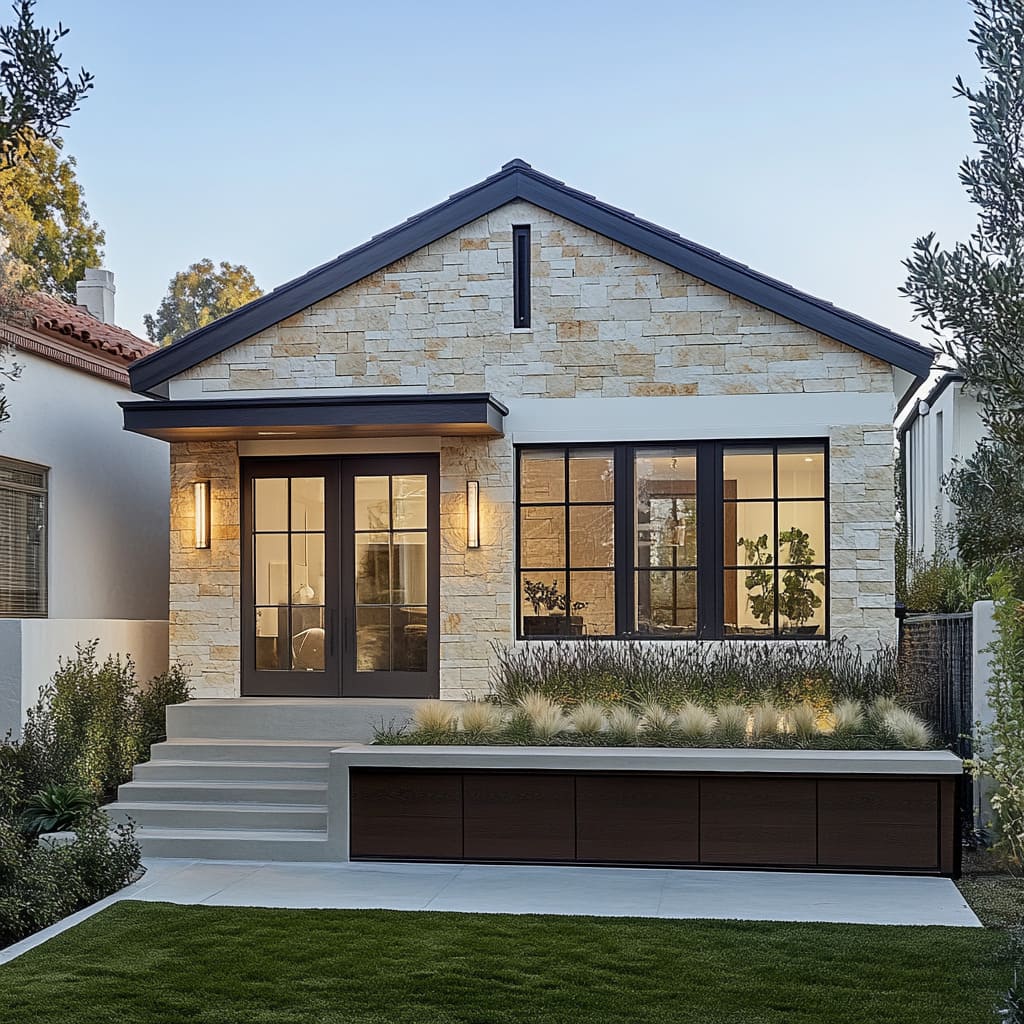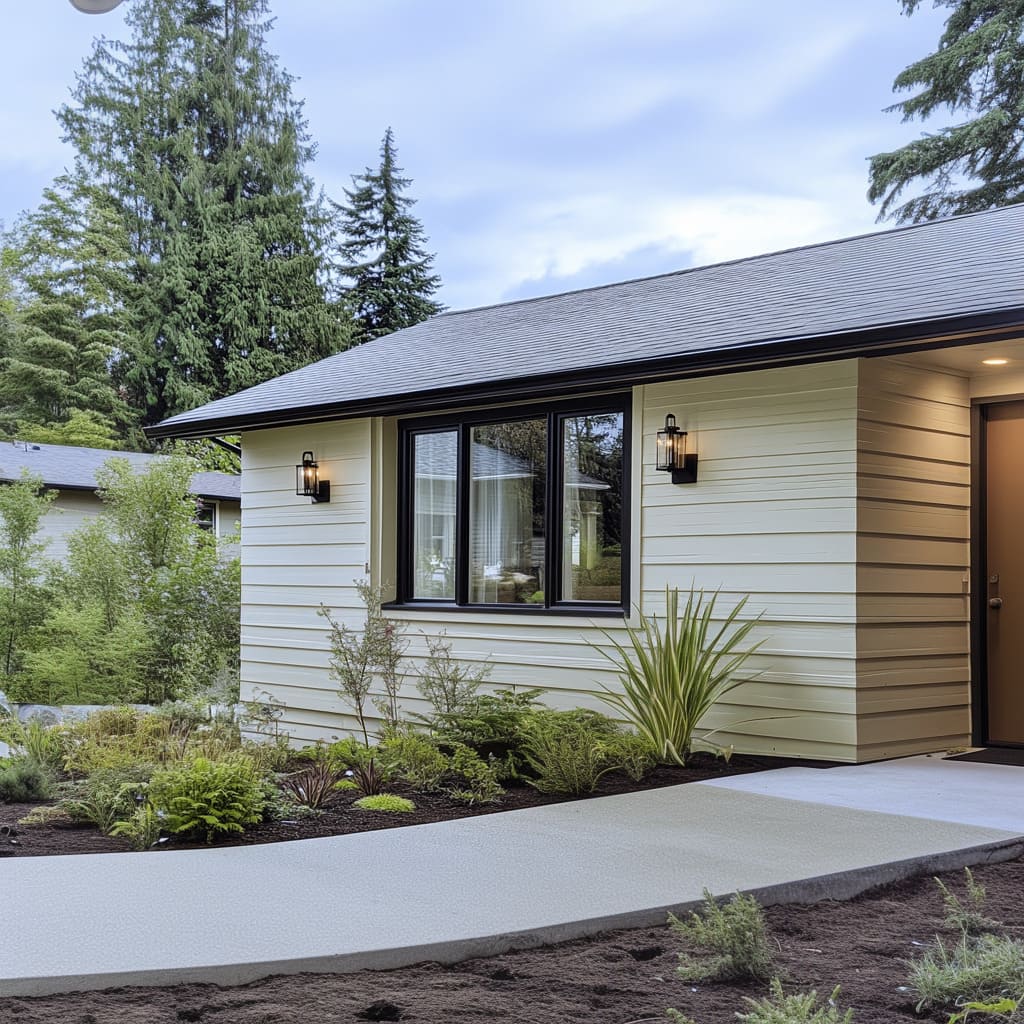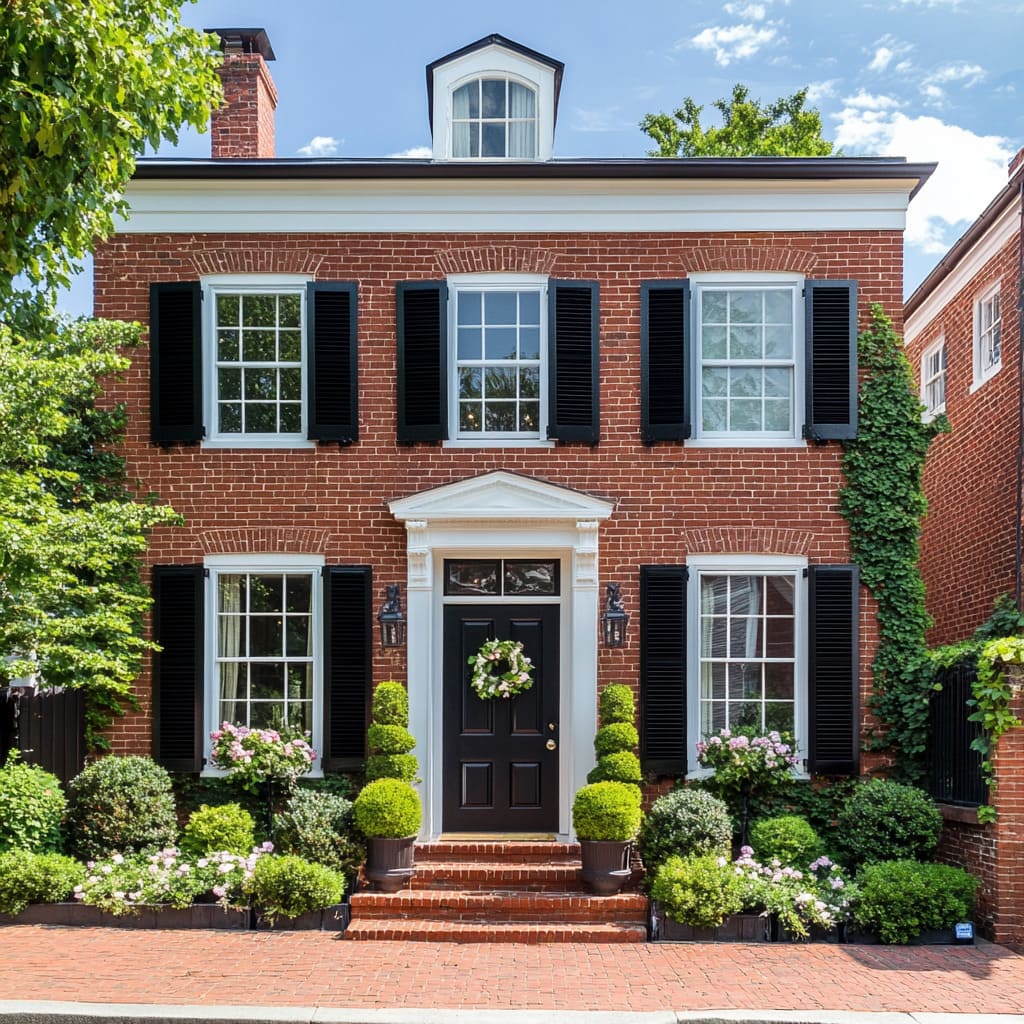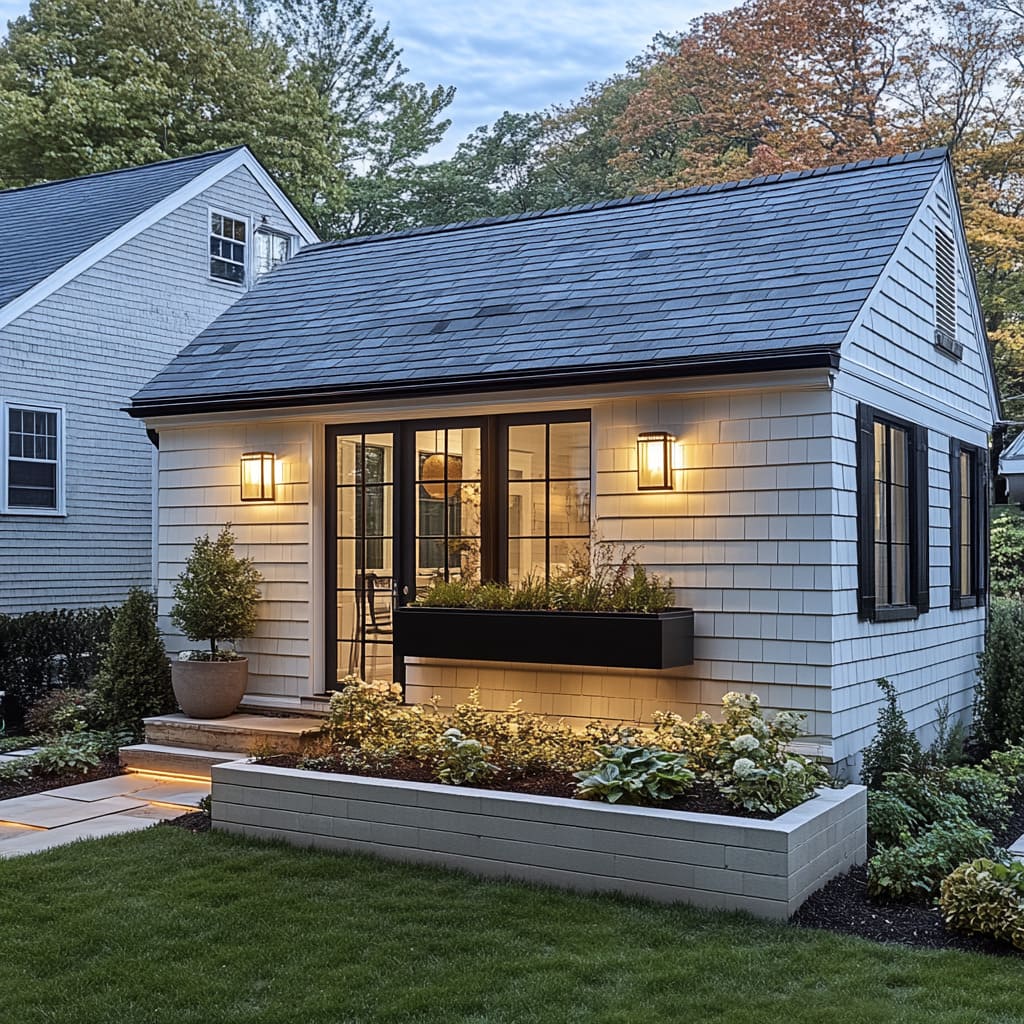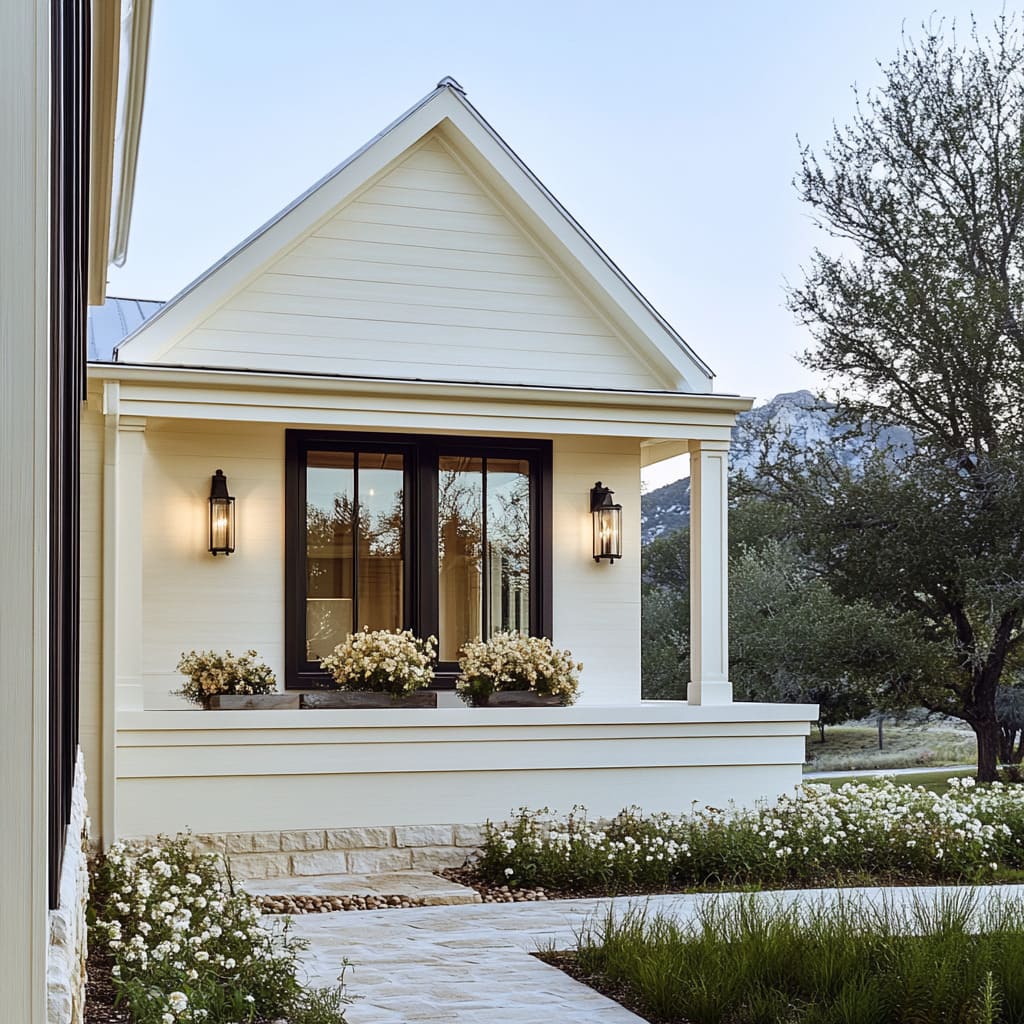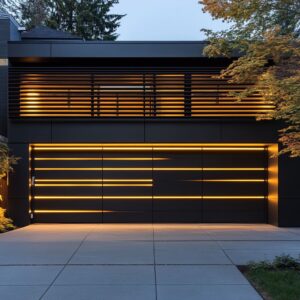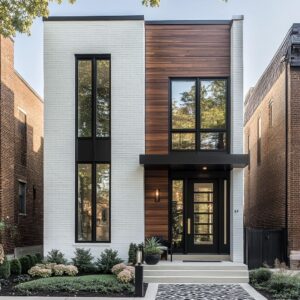Building a house (or a building) is neither a small nor an easy task. It is important to plan very well so that everything goes smoothly.
There’s always that “but”. Despite the detailed planning, you should always be prepared for some unexpected circumstances or for things that you cannot influence.
They happen and will happen so don’t panic. Unexpected challenges can lead to budget overruns and increased costs, or the worst option – compromises in quality and safety.
That really shouldn’t happen, so we bring you tips on how to best handle it if you find yourself in such a situation. The wishes of the client are at the top of the list, but those first places are always occupied by quality and safety.
Let’s build efficient and durable homes – without compromises.
Plan for the Unexpected
Let’s start from the ground up. Not from the foundations of the building, but from the foundations of planning.
Prepare well but always be ready for the unexpected. You may be surprised by design changes or a lack of materials, but also by something beyond your control – and that is the weather.
These situations can disturb deadlines, but also create dissatisfaction of the client if you don’t count on it in advance. Next to the line for time limits, put a line for the contingency fund.
If the contractors are doing multiple phases of construction for you, they can also invest additional time in one of the phases (if necessary) because you took care of it earlier, enabling the contractors to adapt. By leaving only 5-10% of the total budget for reserves, you win “the battle” with unexpected costs without stopping construction.
You can also include some technology in the planning. There are various tools available to help you track the process.
Be best friends with your suppliers – or at least call them as often as you are because you’ll be up to date with materials deliveries. Plus, if you have a good relationship with the supplier, they’ll be more likely to help you if an emergency/unexpected situation occurs.
Choose Durable Materials
High-quality and durable materials play a key role in construction. Once you’ve built something up, you don’t want to constantly be fixing it up or worrying about structural and safety risks.
Invest more in the beginning so that you don’t have to constantly invest later. Depending on the climate you are in, choose materials suitable for that area (resistance to moisture or high/low temperatures, reinforced concrete or engineered wood) and also study innovations that combine durability and sustainability (self-healing concrete, recycled composites).
When it comes to sustainability, recycled steel, solar panels, and good insulation are items that have a positive effect on the environment while being functional and long-lasting.
Invest in Skilled Labour and Training
Even if you choose the best quality materials, “experts” (unqualified workers) can ruin the construction and/or the safety of the structure. Choose qualified workers and real experts and invest in their training so that they have flawless results.
Teams should undergo regular training to keep up to date with new techniques, tools, and materials. In addition to basic knowledge and abilities, specific materials also require specific skills.
To demonstrate the importance of expertise, we will take workers from Louisiana and workers from Nevada for comparison. The difference is large so the point will be better expressed.
Since the climates of these areas are very different, the approaches are also different. In Louisiana builders must focus on moisture control due to frequent rainfall and the risk of flooding, which requires expertise with elevated foundations and drainage solutions.
While in other U. S.
states, such as Nevada, it’s clear that the focus should be on protection from extremely high temperatures and sandstorms. They also face accelerated urbanization so they also need advanced skills in design.
Continuing education for Louisiana residential building professionals is just as important as in Nevada; the only difference is in the areas and techniques they learn and improve depending on the unique environmental challenges of a specific area.
Stay Updated on Building Codes and Regulations
This is another reason why it is important to stay up to date. You know how it is – from yesterday to today some laws or regulations can change.
Neglecting or violating building laws and regulations can be fatal for the entire project, but also for the budget. Changing the regulations can sometimes work in your favor, so match your wishes with the restrictions (or permissions).
Study the safety rules carefully and strictly adhere to them. There is no playing around here.
If you aren’t expert enough (or for some areas, it’s an obligation), hire experts who’ll monitor the entire process and provide you and your clients with additional security.
Conclusion
In these kinds of challenges, you usually need to be like an octopus and hold everything in your hands so that everything goes smoothly. We have only two hands, though, so instead of holding all the threads by ourselves, it’s important to plan well in advance and also to delegate (if possible).
This way you can have 100% of your focus on micromanaging each segment individually and ending up overwhelmed. Prepare for the unexpected and have a plan on how to react to prevent or minimize damage.
Choose quality and qualification to build a building for the future and not just for the “catwalk”. Let durability and safety be your guiding threads to the satisfaction of your client, and ultimately, the tenant.
Try to be on the line or above it, but never below it – both in construction and in life.

